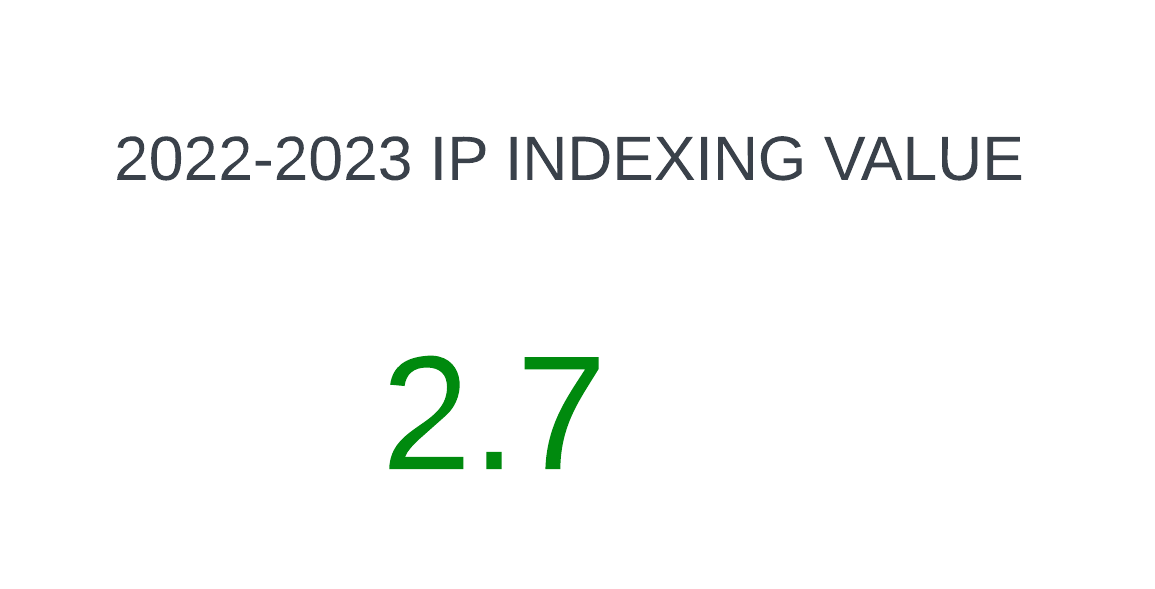Machine Learning in Predicting Alzheimer’s Disease: Exploring Applications and Advancements
DOI:
https://doi.org/10.69996/jcai.2024001Keywords:
Machine learning, alzheimer's disease, late-onset alzheimer's disease, alzheimer’s disease neuroimaging initiative, ROCAbstract
Alzheimer’s disease (AD), a predominant form of dementia that accounts for 60 to 70 percent of cases in the elderly population. AD significantly affects daily functioning, memory, cognition, and behaviour, presenting a substantial global health challenge with approximately 50 million dementia cases worldwide and an annual incidence of 10 million new cases. Using data from the Alzheimer’s Disease Neuroimaging Initiative (ADNI) cohort, we conduct a systematic analysis of several machine learning models to predict genetic variance linked to Late-Onset Alzheimer’s Disease (LOAD). Our experimental results demonstrate that the most effective models achieve an impressive 72 percent area under the Receiver Operating Characteristic (ROC) curve in the evaluation of LOAD genetic risk. This highlights the promise of machine learning models as valuable tools for assessing the genetic susceptibility to LOAD. Furthermore, our exploration into the strategic selection of learning models unveils the potential for identifying novel genetic markers linked to the disease. This improves our ability to anticipate outcomes and advances our understanding of the fundamental processes behind Alzheimer’s disease. The findings presented herein contribute to the evolving field of precision medicine by offering insights into the application of machine learning in understanding and predicting the genetic factors associated with LOAD.
References
[1] A. Mart´ın, A. Ashish, B. Paul Barham, B.Eugene, C. Zhifeng, C. Craig et al., “TensorFlow: Largescale machine learning on heterogeneous systems,” 2015. Software available from tensorflow.org.
[2] A. Athanasios, D.Vasileios N. Mantzavinos, H. Greig, A. Mohammad et al., “Bayesian model for the prediction and early diagnosis of alzheimer’s disease,” Frontiers in Aging Neuroscience, vol.9, no.77, 2017.
[3] M. Panpalli Ates, Y. Karaman, S. Guntekin, and M.A. Ergun, “Analysis of genetics and risk factors of alzheimers disease,” Neuroscience, vol. 325, pp 124 – 131, 2016.
[4] Ch. Franc, Keras. https://keras.io, 2015.
[5] D. Carole and M. Maria Glymour, “Prediction to prevention in alzheimer’s disease and dementia,” The Lancet Neurology, vol.17, no. 5, pp. 388– 389, 2018.
[6] E. Evan, J. Eichler, F. Jonathan , G. Greg, K. Augustine M. Suzanne, et al., “Missing heritability and strategies for finding the underlying causes of complex disease,” Nature Reviews Genetics, vol.11, no. 446, pp. 06, 2010.
[7] E. Evan, F. Eichler, F. Jonathan, G. Greg, K. Augustine M. Suzanne et al., “Missing heritability and strategies for finding the underlying causes of complex disease,” Nature Reviews Genetics, vol.11, no. 446, pp.06 ,2010.
[8] P. Valentina, S. Maryam, P. Richard W. Julie H. John et al., “Polygenic score prediction captures nearly all common genetic risk for alzheimer’s disease,” Neurobiology of Aging, vol, no.49, pp.214.e7–214.e11, 2017.
[9] G. Rekha, Ch. Sudha, R. Shashi and N. Muddam., “A Conceptual Framework For Understanding The Role Of Machine Learning In Artificial Intelligence,”http://sersc.org/journals/index.php/IJAST/article/view/6531
[10] E. Andre, K. Brett, A. Roberto, A. Novoa, M. Susan et al., “Dermatologist-level classification of skin cancer with deep neural networks,” Nature, vol. 542, no.115, pp.01-03. 2017.
Downloads
Published
Issue
Section
License
Copyright (c) 2024 Journal of Computer Allied Intelligence(JCAI)

This work is licensed under a Creative Commons Attribution-NonCommercial 4.0 International License.
Fringe Global Scientific Press publishes all the papers under a Creative Commons Attribution-Non-Commercial 4.0 International (CC BY-NC 4.0) (https://creativecommons.org/licenses/by-nc/4.0/) license. Authors have the liberty to replicate and distribute their work. Authors have the ability to use either the whole or a portion of their piece in compilations or other publications that include their own work. Please see the licensing terms for more information on reusing the work.


